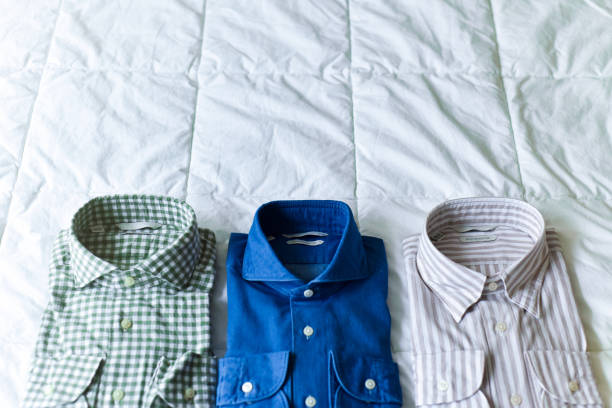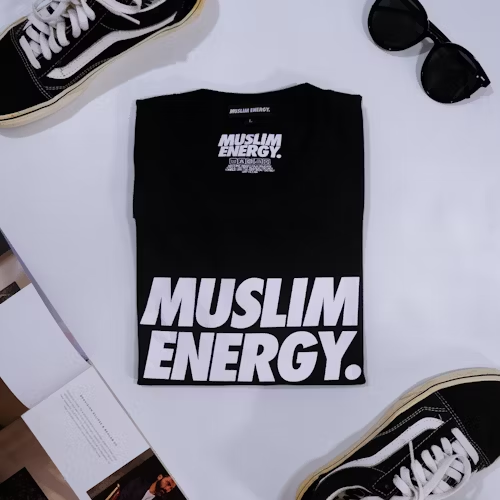When sourcing custom apparel, the fabric weight—measured in GSM (grams per square meter)—plays a critical role in determining the feel, durability, and overall quality of the garment. Understanding GSM is essential for businesses, retailers, and wholesale buyers who are looking for the best materials for custom t-shirts, sweatshirts, hoodies, or streetwear. In this guide, we’ll break down how GSM affects the feel of custom apparel and how to choose the right GSM for your needs.
1. What is GSM?
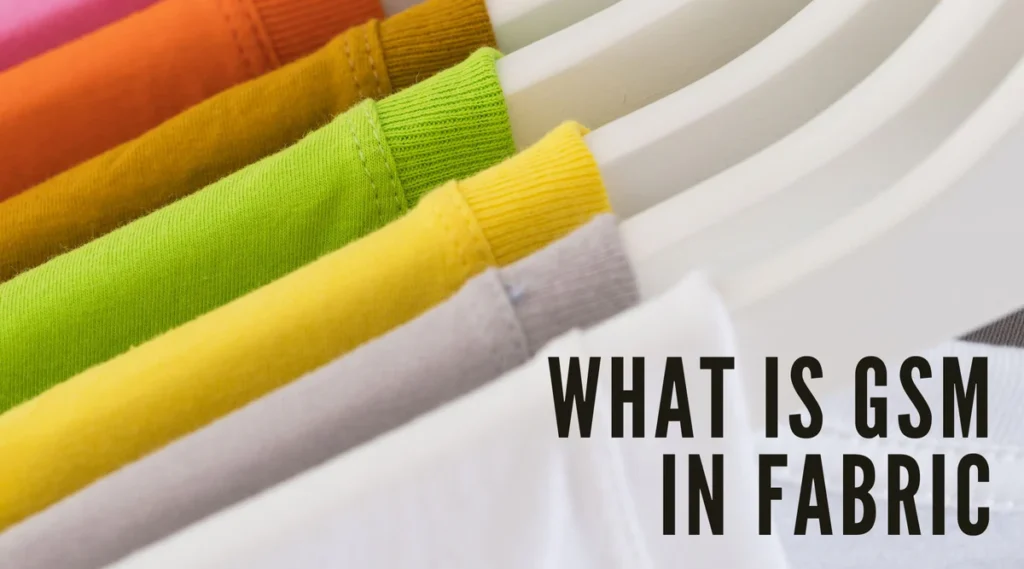
GSM stands for grams per square meter, a unit of measurement used to determine the weight of fabric. The higher the GSM, the heavier the fabric; the lower the GSM, the lighter it is.
- Lightweight Fabrics: Typically 120-150 GSM (e.g., light t-shirts).
- Medium Weight Fabrics: Typically 180-220 GSM (e.g., regular t-shirts, sweatshirts).
- Heavyweight Fabrics: Typically 250 GSM and above (e.g., hoodies, sweatpants).
2. How Does GSM Affect the Feel of Custom Apparel?
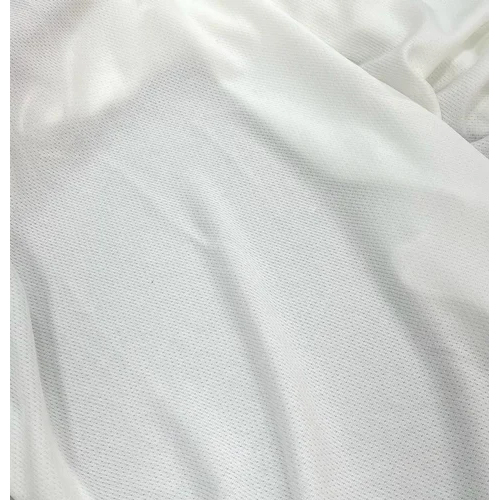
- Lightweight Fabrics (120-150 GSM): These fabrics feel breathable and airy, ideal for hot weather. They are soft but may feel flimsy compared to thicker fabrics.
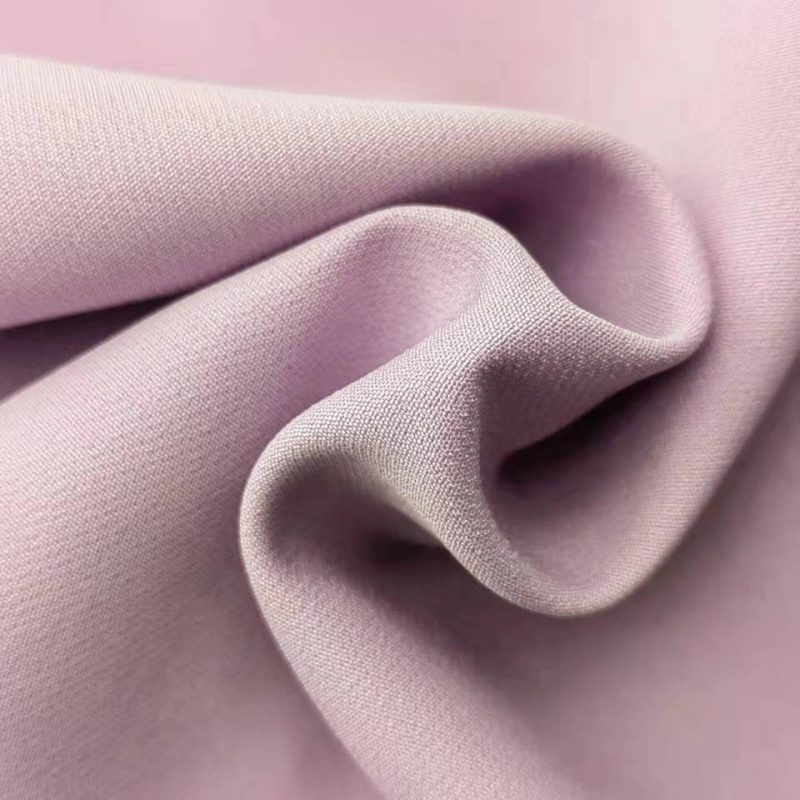
- Medium Weight Fabrics (180-220 GSM): These fabrics strike a perfect balance between comfort and durability. They are versatile, providing a comfortable fit for year-round wear.
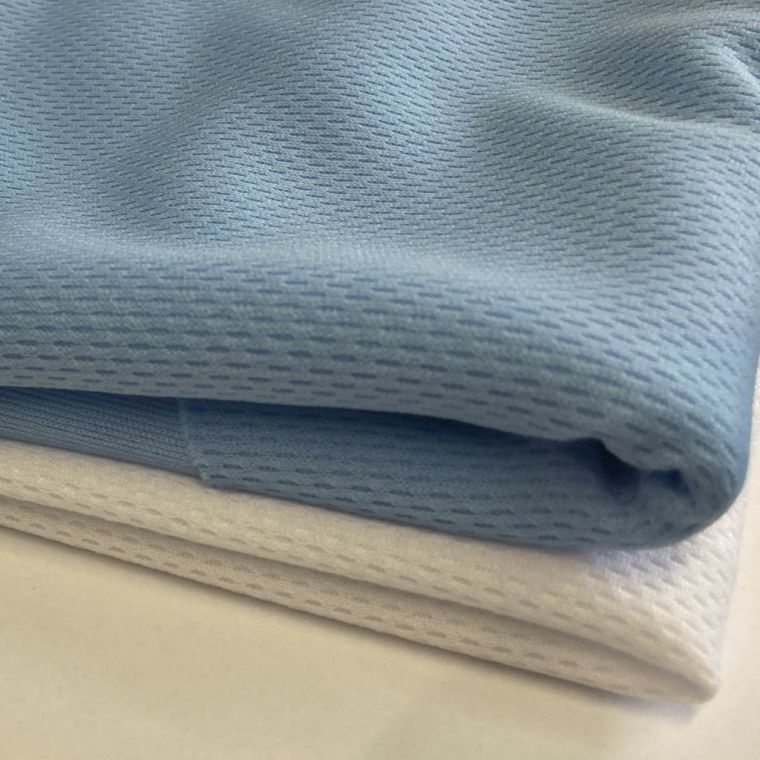
- Heavyweight Fabrics (250 GSM and above): These fabrics feel thick and substantial, offering a premium, cozy feel. They’re perfect for cooler climates and heavier garments like hoodies and sweatpants.
3. How GSM Affects Durability
- Lightweight Fabrics: While they are comfortable, they may wear out faster and be more prone to tears or fading with frequent use.
- Medium Weight Fabrics: These offer durability while still being comfortable for everyday wear. They hold up well over time and through repeated washing.
- Heavyweight Fabrics: Known for their durability, heavyweight fabrics can withstand heavy use and last longer. They are ideal for garments that need to endure over time, such as sweatpants and hoodies.
4. Choosing the Right GSM for Your Custom Apparel
- T-Shirts: Medium weight fabrics (180-220 GSM) are ideal for all-purpose t-shirts. If the t-shirt is for summer wear or hot climates, you might opt for lighter fabrics (120-150 GSM).
- Sweatshirts and Hoodies: For premium, cozy sweatshirts or hoodies, go with heavyweight fabrics (250 GSM and above). These materials provide warmth, comfort, and durability.
- Sweatpants: Similar to hoodies, sweatpants should be made from thicker fabrics (200-300 GSM) to provide durability and insulation.
5. How to Communicate GSM Preferences to Your Manufacturer
- Specify the GSM Range: Clearly mention the GSM range you need for your order to ensure consistency across the entire batch.
- Request Samples: Before committing to a large order, request fabric samples to feel the weight and texture of the material to ensure it meets your expectations.
- Understand Fabric Blends: If you’re working with fabric blends, such as cotton-polyester, the feel and durability may vary at different GSM levels. Make sure to specify the exact blend you’re after for your custom apparel.
6. How GSM Affects Printing and Design
- Heavier Fabrics: Tend to hold prints better, offering a smooth surface for designs. They also maintain the print quality longer, even after many washes.
- Lighter Fabrics: May show more wear on prints over time. For lightweight fabrics, consider using durable printing methods like screen printing or direct-to-garment (DTG) printing to ensure high-quality results.
Summary
Understanding how GSM affects the feel, durability, and quality of custom apparel is key to making informed decisions when sourcing garments for your business. Whether you’re sourcing t-shirts, hoodies, sweatshirts, or sweatpants, choosing the right GSM ensures you get a product that matches your desired comfort, longevity, and design quality. By considering the weight of the fabric, you can tailor your custom apparel to suit your specific needs, whether for retail, wholesale, or promotional use.



